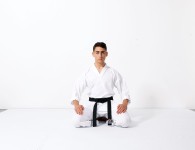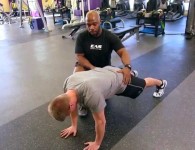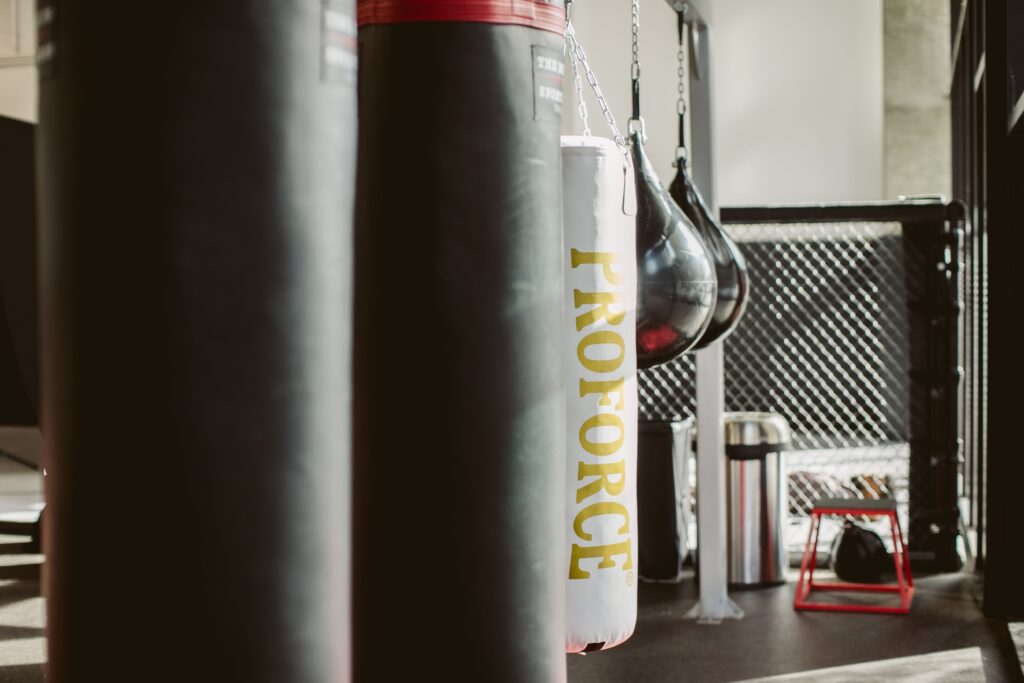
The pandemic isn’t over yet, but we’re starting to see the light at the end of the tunnel. In the coming weeks and months, many of us in many parts of the world are going to be able to start doing activities that we’ve had to either stop or modify for the past year. One of those things is our martial arts training.
While most of us won’t be able to go to the gym or dojo right away, we are getting closer to the day when we’ll be able to train and spar with our instructors and training partners again. We don’t have to dream about the day when we might be able to return to marital arts, we can start actively planning for it and working toward it. We can shift the focus of our short and medium terms fitness goals from maintenance to getting back in gym shape. Or pre-gym shape.
As great as at-home workouts can be for fitness, mental health benefits, and cross-training, they’re never going to be a perfect substitute for training and sparring with our instructors and training partners. Even if you’ve been diligently and regularly training at home for the last year, chances are that it’s going to be a little challenging to jump back into your regular martial arts training regimen. (And if you haven’t been able to keep up your solo martial arts training, that’s OK, too! It might be a little harder for you to make the jump back into gym life, but you’ll get there. Surviving and getting back up after you’ve fallen down are both important parts of being a martial artists. And if you’re reading this and planning to go back to your martial arts training in the future, no matter what is going on in your life now, that’s exactly what you’re doing!)
There’s definitely going to be an adjustment period when we start going back to our gyms and our partner and group martial arts training. But there are steps that we can take to make that adjustment period more comfortable, healthier, and safer. Here are some tips to help you prepare for the next phase of your martial arts journey:
1. Make a schedule.
Start by setting an end date for your goal. If you know when your martial arts gym is reopening and when you’ll be comfortable returning to it (this part will be easy). Pick a date somewhere between a few days and a week before your return. If you don’t have an exact time frame just yet, pick a window, like a month or three months in the future.
Once you have a date, set some physical goals for it. What kind of shape would you like to be in by that time? What exercises would you like to be able to accomplish?
When both are set, you can begin to break down a week-by-week plan to get yourself there. If you’re motivated by strict rules and details, you can break this plan down further into a day-by-day exercise schedule. If that’s more intimidating than inspiring, you can work with a more general framework. Set smaller goals for the end of each week and work toward them.
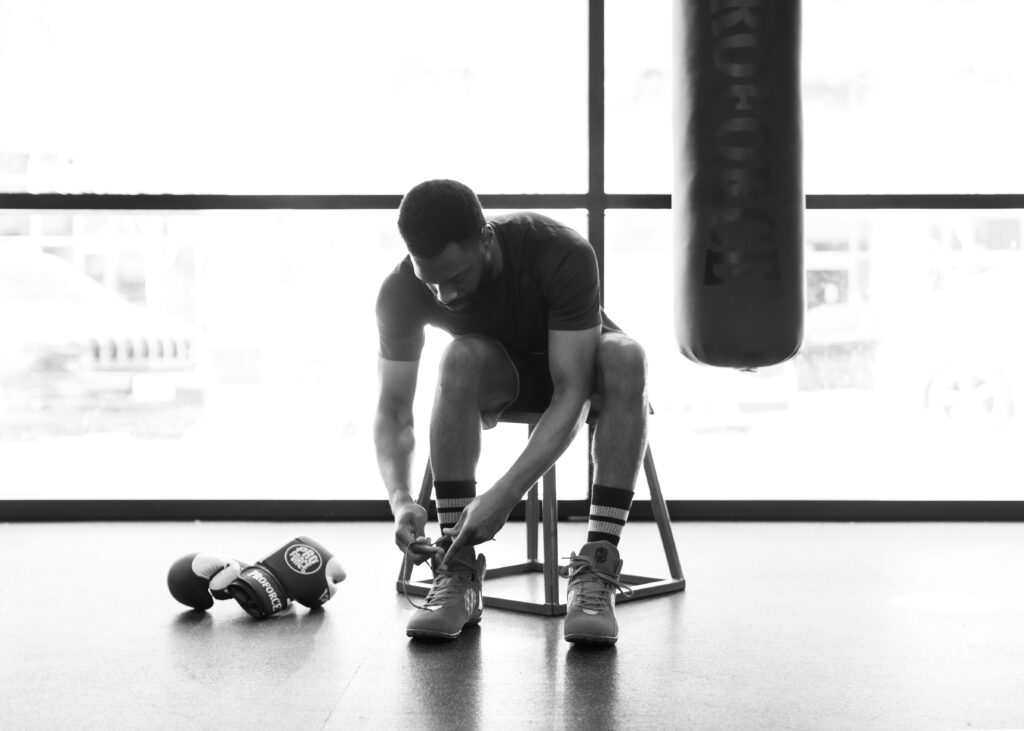
2. Gradually ramp up your training.
The idea is to make your transition back into partner and group martial arts training a little easier and more responsible, not to overwhelm yourself and risk overtraining with at-home workouts instead. If you’ve managed to keep up a regular at-home training routine over the past year, you will be able to scale up the intensity of your training a little faster. But if you’re rebuilding your fitness base, don’t be afraid to take it slow! You’ve got time to gradually reintroduce martial arts-style training into your life before you jump back into your gym routines. Take it.

3. Take cues from your martial arts classes.
Unless you have the best home gym setup ever — and you have training partners in your current bubble — it’s probably going to be impossible for you to recreate the whole dojo experience with your at-home training. What you can do, though, is start to incorporate parts of that training into your current workout plans. If you have bigger training equipment, like a heavy bag or freestanding bag, you’ll have more options in terms of the drills and technique training you’ll be able to do at home. But even if you only have small equipment like jigsaw mats, most martial arts warmups include at least some body weigh training. Starting to work on those exercises and drills at home will make for a much less rude awakening when it’s time to do them in class again.
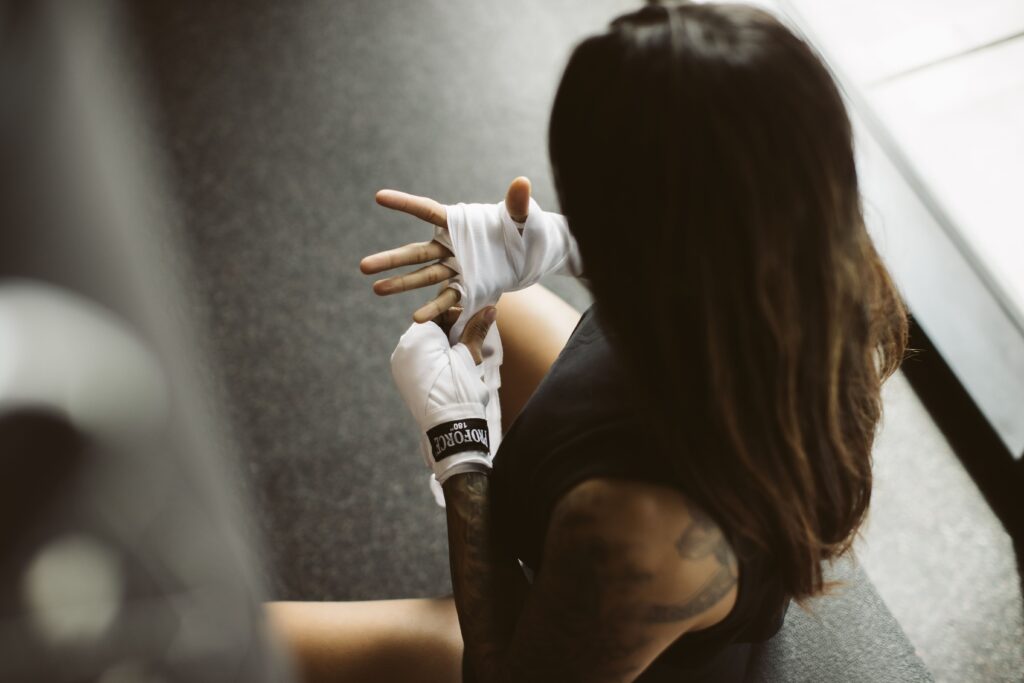
4. Cross-train.
Cross-training is a great supplement to the parts of your martial arts training that you can’t recreate at home. You might not be able to work on the specific drills and techniques that you would in group or partner training on your own at home, but you can pick exercises that will help you develop the strength, cardiovascular power and endurance, flexibility, and mental focus required to work on them when you return to the gym. For more information on which types of cross-training work best for which martial art, check our our blogs on cross-training for martial arts.
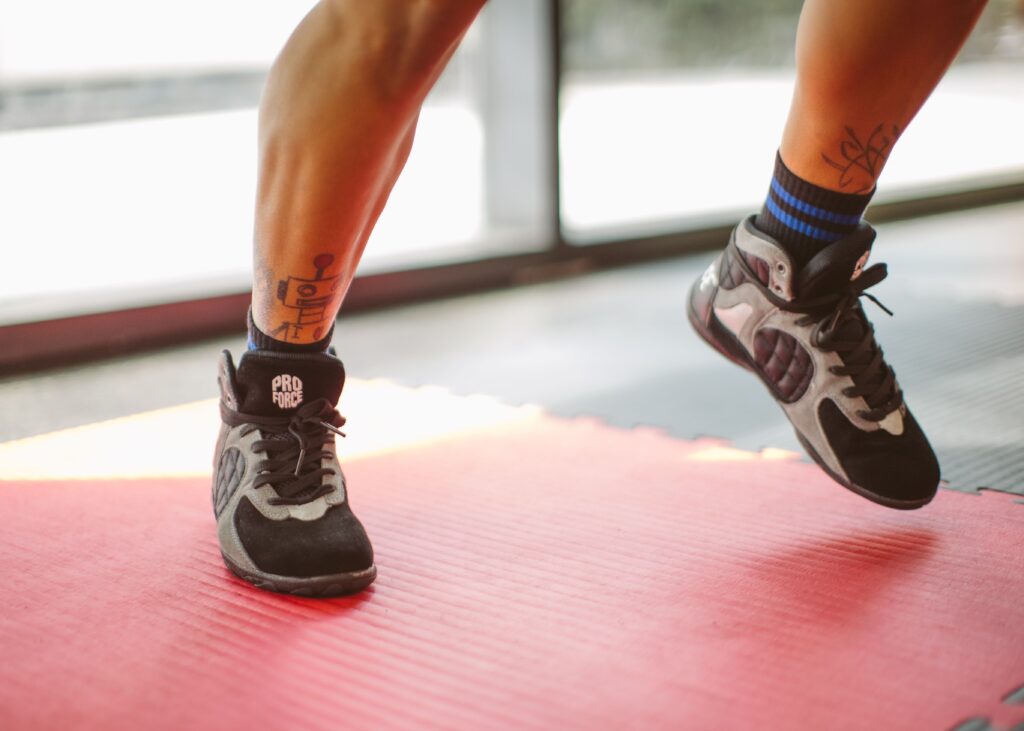
5. Be gentle with yourself.
If getting back to the gym and your martial arts training is easy for you, that’s great! But it’s OK if you go through an adjustment period. Don’t be afraid to push yourself, but don’t be afraid to rest or regroup when you need to, as well. Remember: it’s better to gradually get back to your old martial arts life than it is to risk injury and have to spend even more time away!





